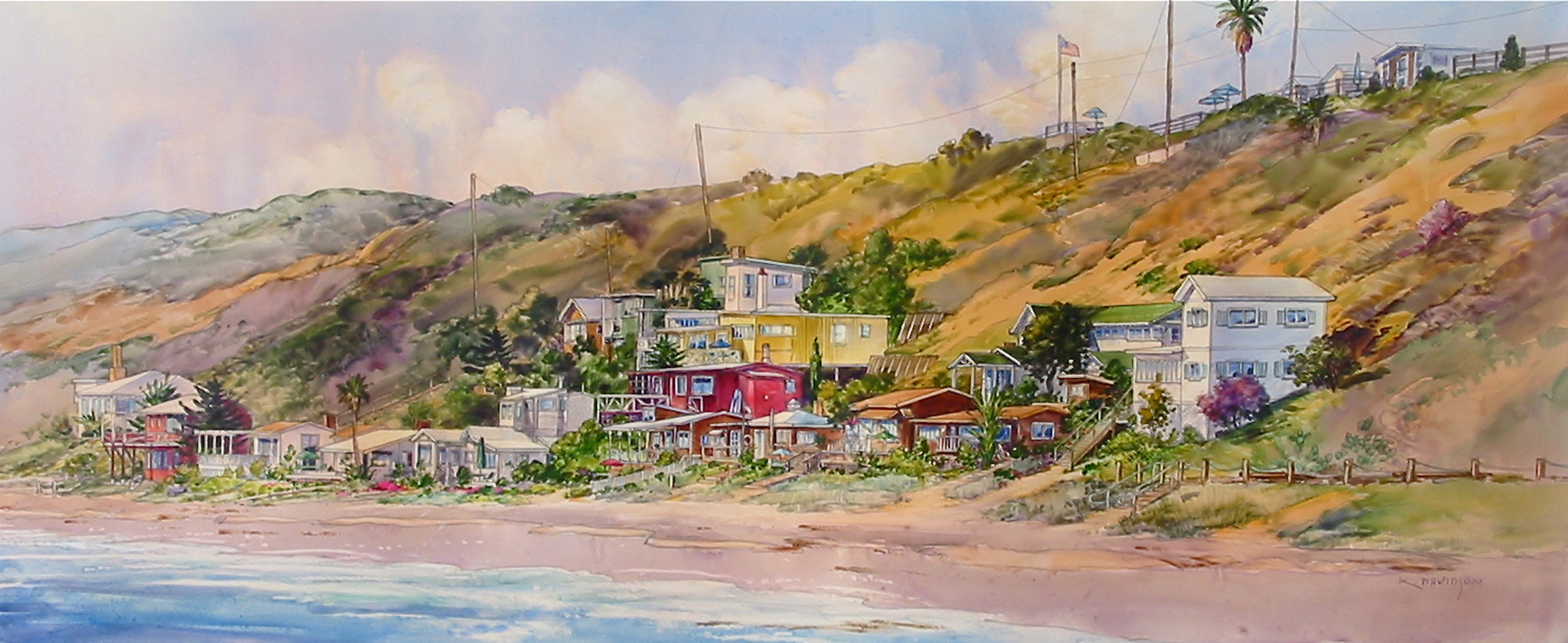The Antique Whisperer
By Gina Dostler
In Costa Mesa lies a hidden gem, a buried treasure of tradition and craftsmanship mostly lost amongst 21st century commerce. In it, a Windsor, a Louis XV or antique spinning wheel is revived. Battered and bruised pieces of wood become whole again, every piece mended to its original luster. Within this domain, patrons call Mauro Fallani the “antique whisperer.”
Artistry streams from Fallani’s hands in a shop lined with tools used by his great grandfather, weathered 17th century chairs and stout wooden work benches 150 years old.
Fallani shared his excitement for restoring damaged antiques.
Q: You are a craftsman of an art that has its roots going back many generations. Tell me about the Fallanis.
A: My family is from Florence, Italy, tracing all the way back to 1344. We are a generation of artists where I am the fourth generation restorer of antiques. My great grandfather Agostino Fallani from Via dei Serragli taught at Gli Artigianelli. He was a very benevolent man and taught 120 orphans the trade, giving them a solid means to live. His son, my grandfather Guido Fallani, followed this tradition and later moved to Rome in 1930. My father, Walter Fallani continued to perfect this art. The fine art of antique restoration is kept alive by me, and my son Franco Fallani.
Q: When you restore a piece, what goes into it?
A: My heart and soul is made into every piece I do, whether it is a restoration or a reproduction. My work space is filled with tools my father and grandfather left me. There is history in everything I remake and so I use tools belonging with history to fix works of art or even to reproduce works of art. Everything I do is by hand, whether it’s cut or carved. It’s my passion. It’s in my blood. My son too, his enthusiasm is sealed in his genes when he touches a piece of wood and sees not only with his eyes but with his heart in how it will look.
Q: Restoration is an incredible art. Do you just deal with wood pieces?
A: All kinds of antiques, but predominately wood. Right now we have pieces dating back to the 17th century we are restoring. The legs on the chairs are beautiful, a work of art, the lines and curves. The wood-carving is intricate and detailed. We match perfectly any piece that is missing. Sometimes it is days before I finish the piece. It can be a chinoiserie (Chinese influenced ornamentation), traditional gold leaf, marble, or stone antique. Our mastery is in looking at the details, matching it exactly to the style, period and how it has aged.
Q: What is your specialty?
A: Our specialty is working on any piece just like the original maker would have done. Wood chisels, saws and dowels are part of our trade. Also, I personally make my own French polish, a method that applies shellac to antique furniture producing a tough surface and a very glossy, mirror-like finish. It’s an old family recipe made from scratch, mixing, alcohol with coccus lacca (resinous product produced from an insect) and letting it cure for 18 months. With much care I apply it by hand with special cloths to the antiques, using small circular strokes sometimes over 100 times. Using shellac is important because it moves with the wood. Wood expands and contracts, it is alive, and other finishes trap the wood and that is why many pieces crack and break, because the proper finish is not applied.
Q: You mentioned traditional gold leaf. You use gold in your restoration?
A: Of course, of course! The method dates back to the Egyptians where many things for the pharaohs were gold leaf. It is gently hand applied, and then if it is needed we take the shine out to match the rest of the antique look of the furniture. When we are done, you cannot tell where we fixed and it will last like new. My nephew Vincenzio Fallani was walking through Florence one day along a narrow cobblestone street and saw in a window someone restoring an antique chair. He was surprised because the technique of applying the gold leaf, rubbing the tool in his hair, was a family technique to create static electricity so the wafer thin leaf would stay on as he applied the delicate gold to the chair. My nephew was curious, only a Fallani did this! Turns out, he was one of the orphans that my great grandfather taught 80 years ago and he was still restoring antiques. It was a very proud moment for all Fallanis with knowing a man had a solid secure trade all his life.
Q: What about reproducing a piece to match a missing chair or molding from a cabinet?
A: It is true, I can make any piece you need. I can see in my head what needs to be done. Looking at a picture of an antique, I can reproduce anything. I have an eye for detail and patience in everything I do. While I was learning my trade when I was younger, I would also restore Greek and Roman artifacts. I would have many many pieces of antiquity all over the floor. I told my son Franco while visiting a museum in Rome, ancient Greek pieces filling the hall, “Look at that vase, the snake moving up its side, I made that come alive.”
Contact Information
Mauro and Franco Fallani
Fallani and Sons
670 W. 17th Street, Suite F4
Costa Mesa, CA 92627
949-722-9882
www.antique-restorers.com




